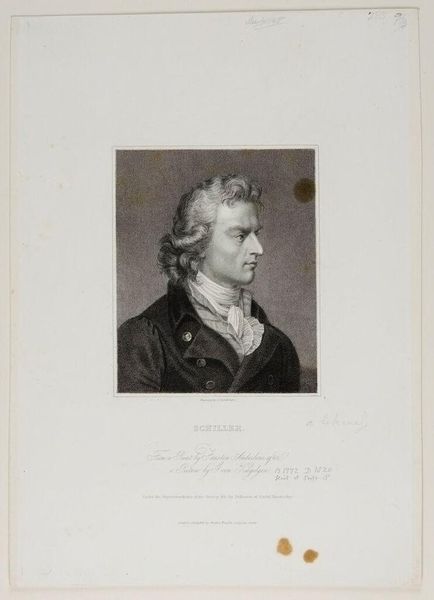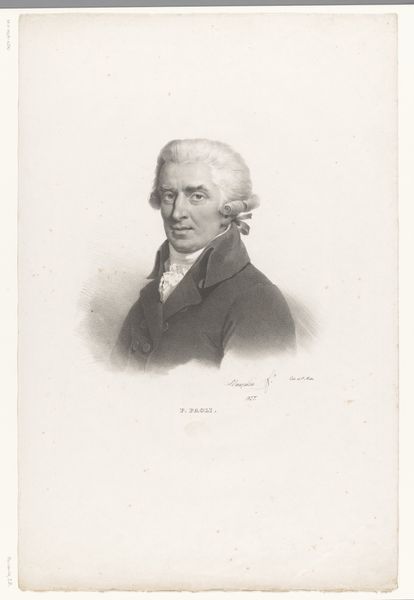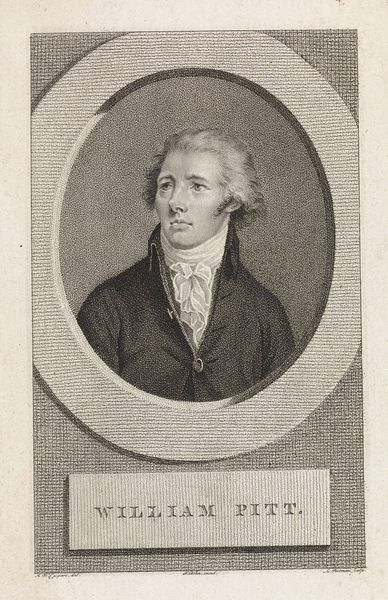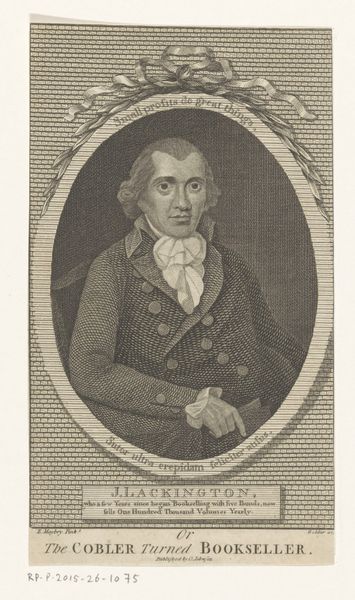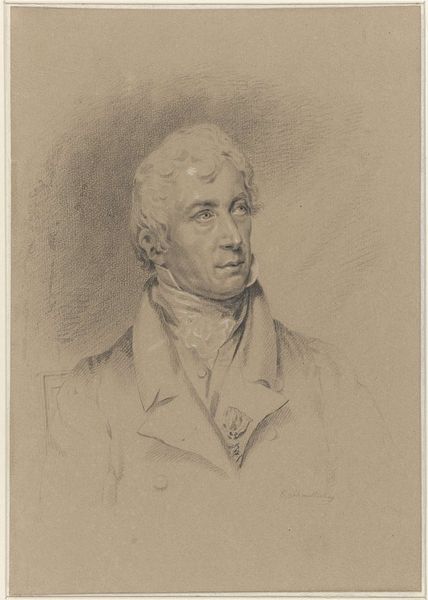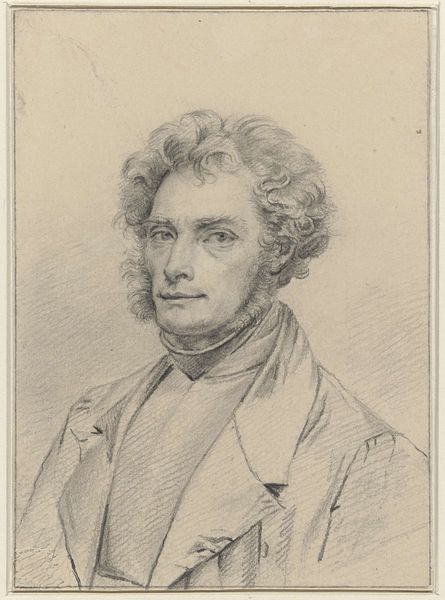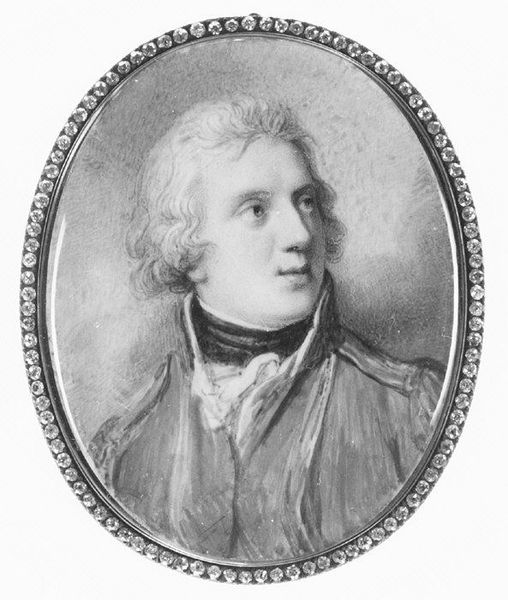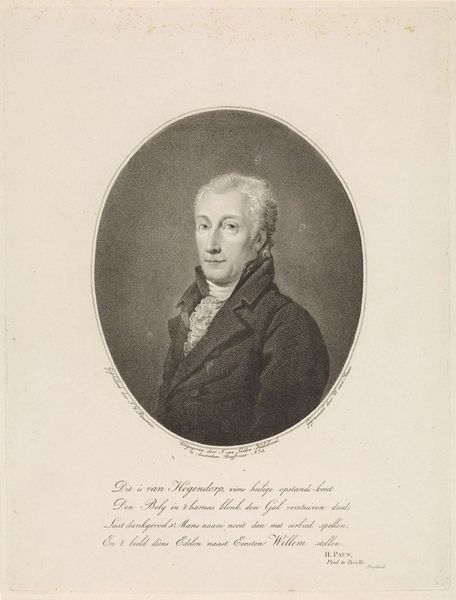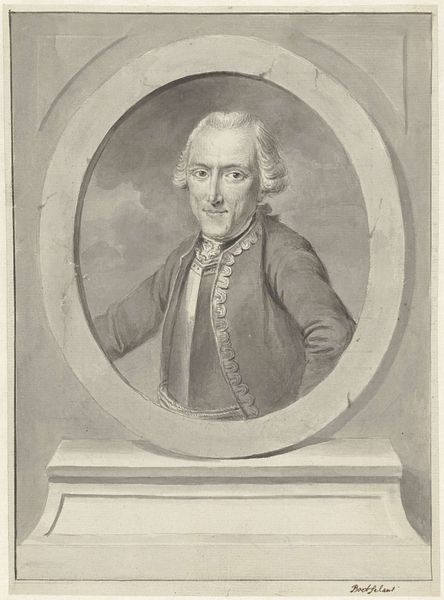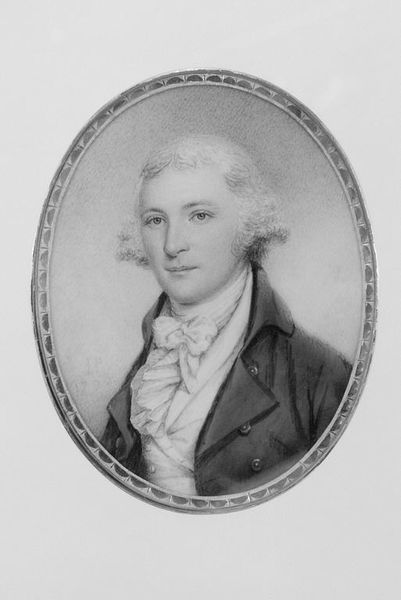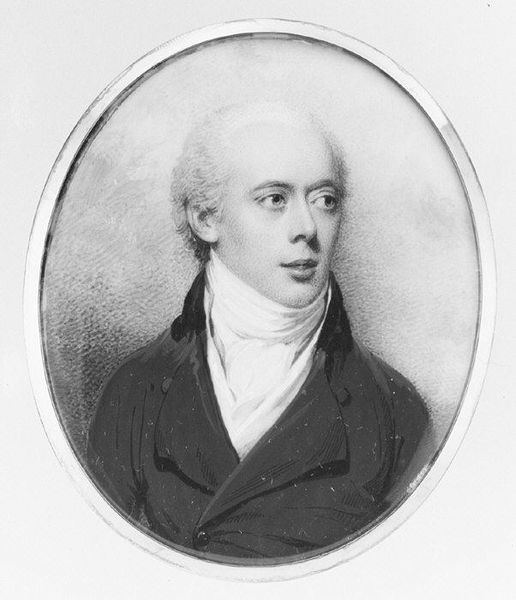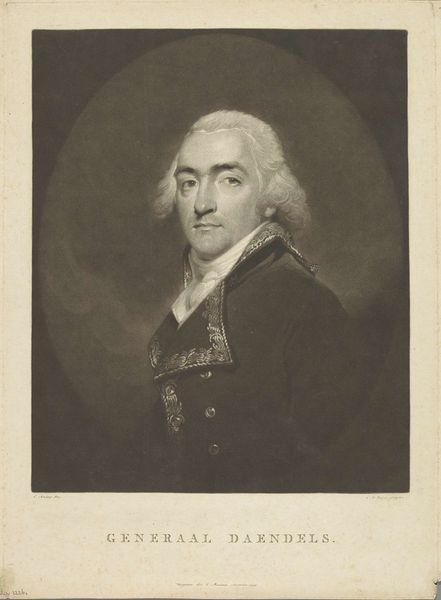
engraving
#
portrait
#
neoclacissism
#
history-painting
#
academic-art
#
engraving
Dimensions: height 202 mm, width 127 mm
Copyright: Rijks Museum: Open Domain
Editor: Here we have "Portret van de Schotse arts Mungo Park," dating between 1787 and 1828, currently at the Rijksmuseum. It's an engraving. I'm struck by the formality of it, even down to the perfectly placed necktie. What can you tell me about this work? Curator: It's fascinating to consider this engraving through a materialist lens. How does the mass production of images like these impact the perceived value and accessibility of the portrayed subject, Mungo Park? Editor: I hadn't considered it like that! Was the engraving process widely available then? Curator: Precisely. Engraving allowed for relatively easy reproduction, democratizing images. But it also commercialized them. Consider the labor involved: the engraver’s skill, the paper’s production, and the distribution networks. What socio-economic factors might have dictated who could afford to own or commission such a portrait? Editor: So it’s not just about seeing Park as an individual, but about understanding how his image circulated and who controlled that circulation? Curator: Exactly! Think about the implications of replicating his likeness. How does this influence his legacy and our perception of him today? The means of production really shape how we consume and interpret even seemingly straightforward portraiture. Editor: This makes me think differently about how portraits were shared at the time. The artistic work here includes its wide distribution, too! Curator: Precisely. Shifting the focus from Park to how this engraving was conceived, crafted and shared helps deconstruct prevailing artistic narratives.
Comments
No comments
Be the first to comment and join the conversation on the ultimate creative platform.
